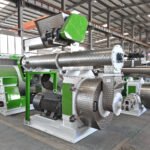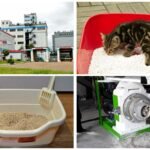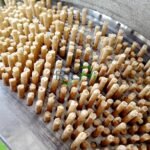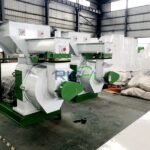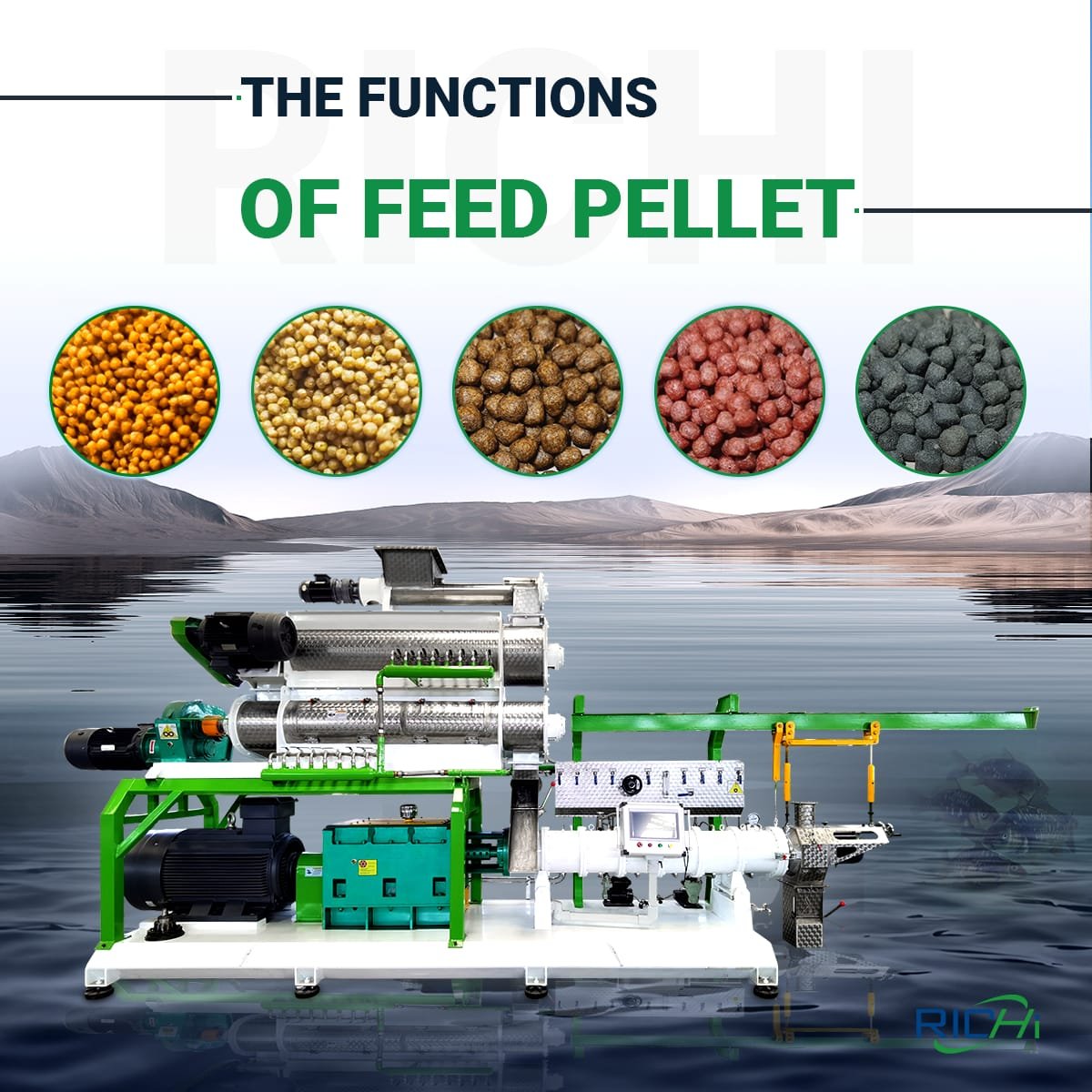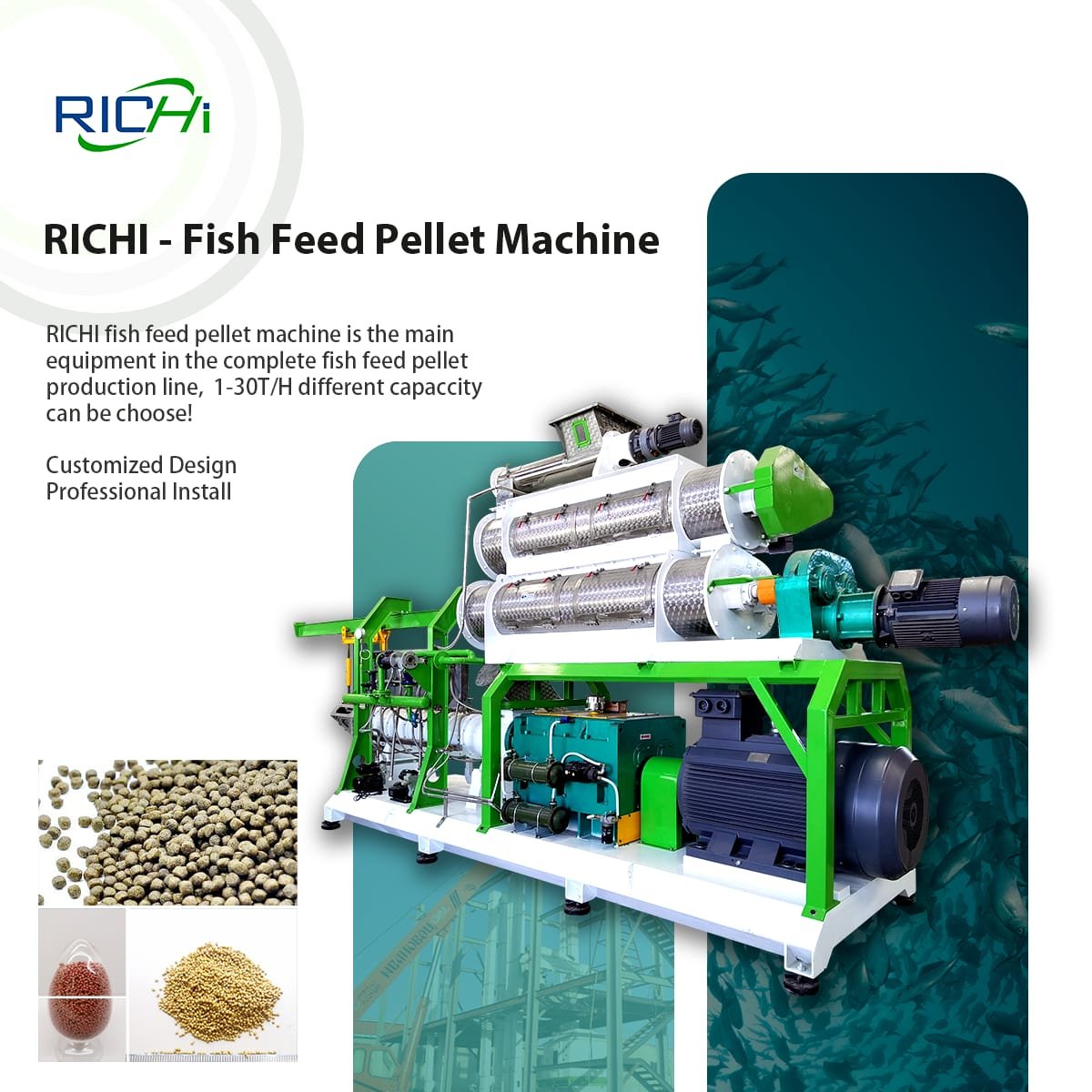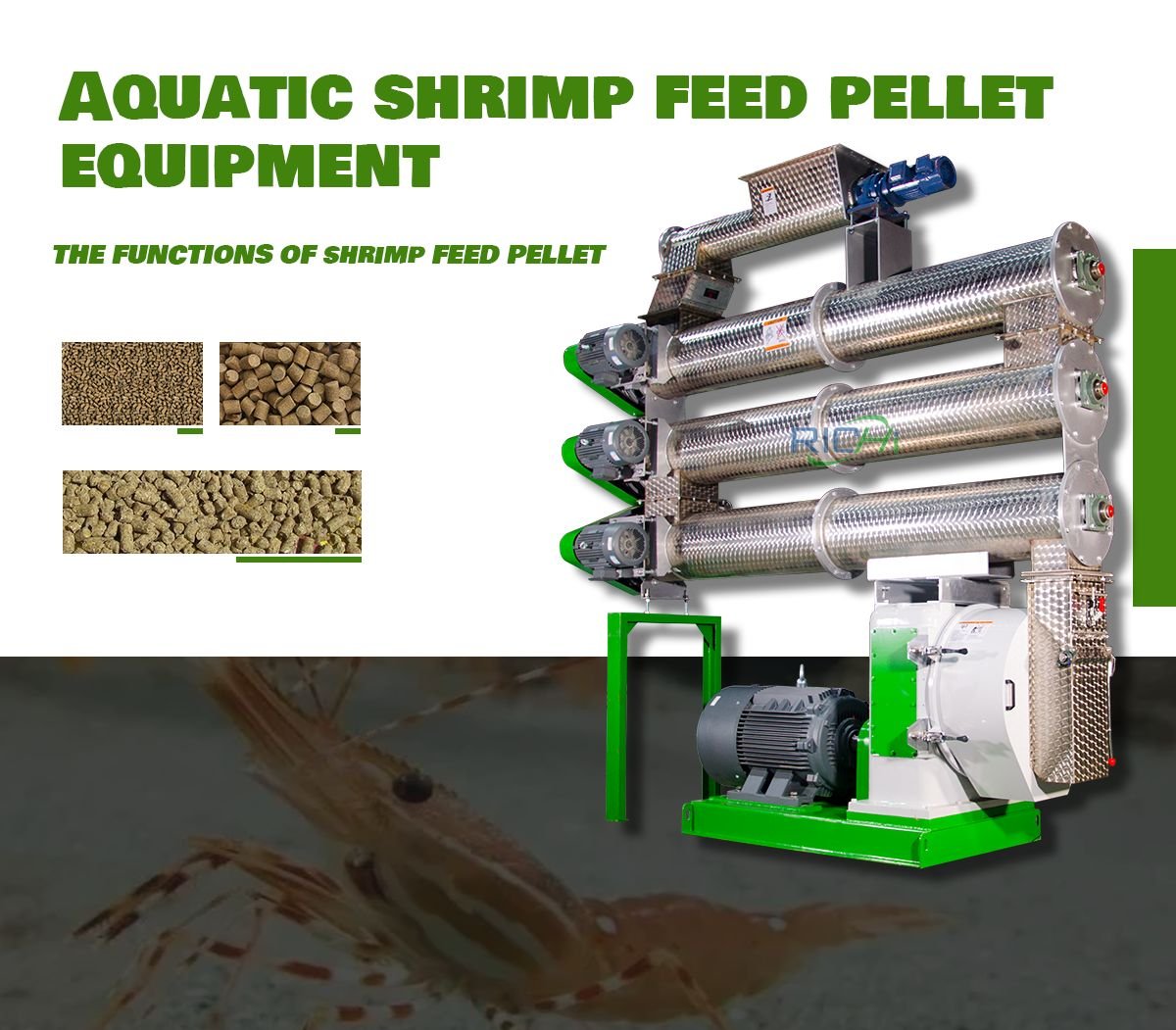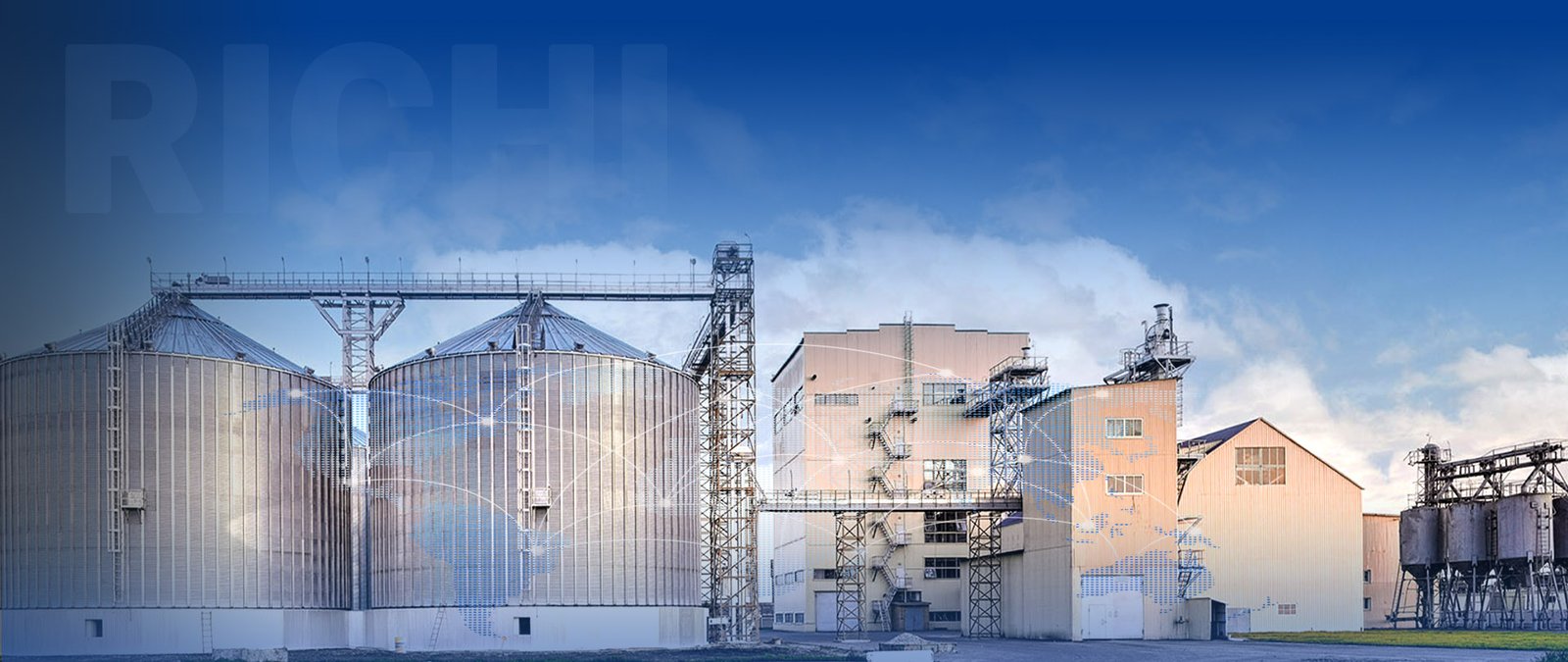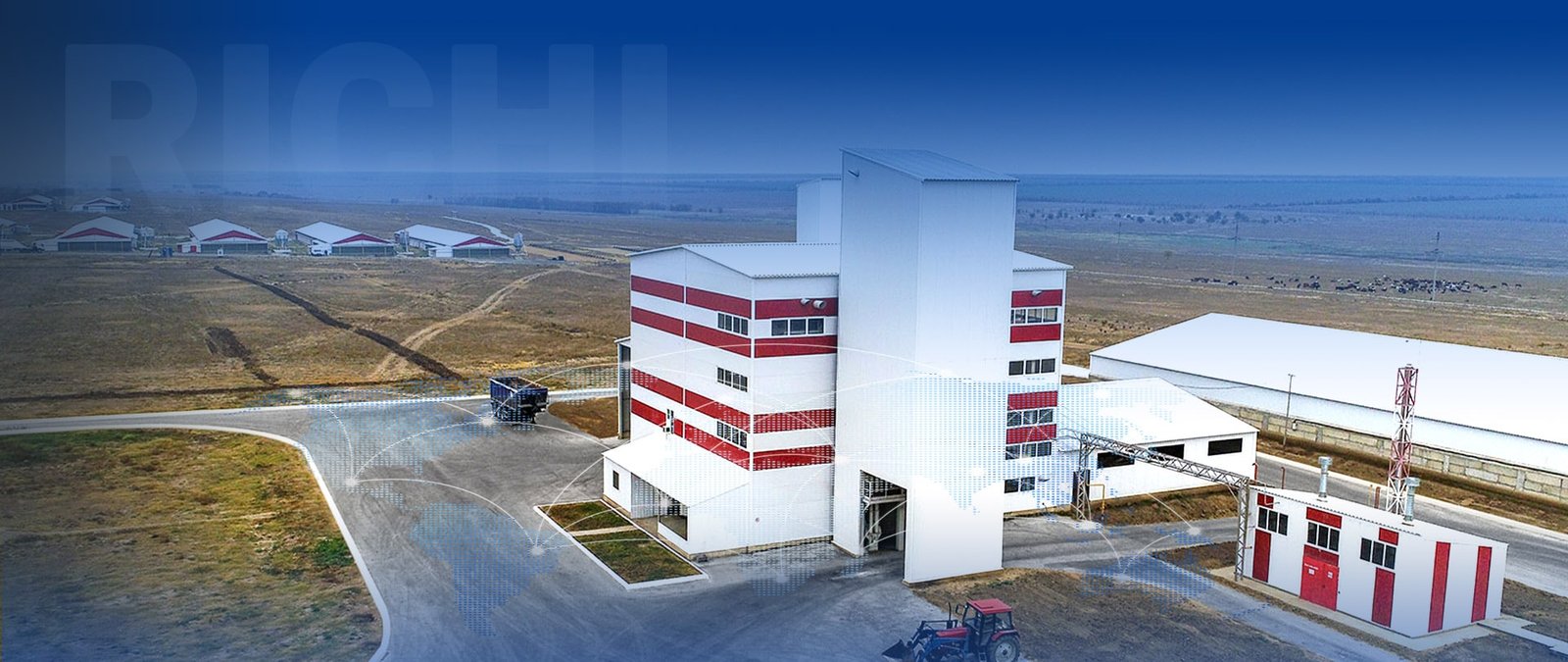In the rapidly growing aquaculture industry, ensuring a consistent supply of high-quality and nutritionally balanced feed is paramount for maintaining the health, growth, and productivity of farmed fish species. Among the various types of fish feed, floating feed has emerged as a popular choice due to its unique properties and advantages. To meet the increasing demand for floating fish feed, specialized equipment known as floating fish feed making machines has become an essential tool for aquaculture operations of all sizes.
These versatile machines are designed to produce floating pellets or extruded feed that remain buoyant on the water’s surface, allowing for efficient feeding and monitoring of fish consumption. By leveraging advanced technologies and innovative processes, floating fish feed machines offer a comprehensive solution for efficient and sustainable feed production, catering to the diverse needs of the aquaculture industry.
Enhancing Feed Efficiency and Monitoring
One of the primary advantages of floating fish feed is its ability to enhance feed efficiency and facilitate monitoring of fish consumption. Unlike sinking feed, which can quickly disperse and become inaccessible to the fish, floating feed remains visible on the water’s surface, allowing for precise feeding and minimizing waste.
Floating fish feed making machines produce pellets or extruded feed that are designed to maintain their buoyancy for an extended period, ensuring that the fish have ample time to consume the feed before it sinks or disintegrates. This feature not only optimizes feed utilization but also enables aquaculture operators to monitor feeding patterns and adjust feed quantities accordingly, promoting efficient resource management and reducing the risk of overfeeding or underfeeding.
Tailoring Feed Formulations for Specific Species
The aquaculture industry encompasses a diverse range of fish species, each with unique nutritional requirements and feeding behaviors. Floating fish feed making machines offer the flexibility to produce feed formulations tailored to the specific needs of different fish species and life stages.
By incorporating a variety of ingredients, such as grains, oilseeds, protein sources, and specialized additives, these machines can produce floating feed pellets or extruded products with customized nutrient profiles. This capability ensures that the farmed fish receive the optimal balance of proteins, fats, carbohydrates, vitamins, and minerals necessary for their growth, health, and overall productivity.
Related post: https://www.pellet-richi.com/fish-feed-extruder/aquatic-feed-pellet-production-line.html
Promoting Sustainable Aquaculture Practices
As the demand for sustainable and environmentally responsible aquaculture practices continues to grow, floating fish feed making machines play a crucial role in supporting these efforts. By minimizing feed waste and optimizing feed utilization, these machines contribute to reducing the environmental impact associated with aquaculture operations.
The production of floating feed pellets or extruded products helps to minimize the accumulation of uneaten feed at the bottom of the water body, which can lead to water quality degradation and the proliferation of harmful algal blooms. Additionally, the efficient use of feed resources reduces the overall demand for raw materials, contributing to the conservation of natural resources and promoting sustainable aquaculture practices.
Versatility in Feed Production
Floating fish feed making machines offer versatility in feed production, catering to the diverse needs of aquaculture operations of various scales and species. These machines are available in a range of capacities, from small-scale units suitable for backyard or hobby fish farming to large-scale industrial systems capable of producing thousands of tons of floating feed per year.
Furthermore, floating fish feed making machines can be configured to produce a variety of feed forms, including pellets, extruded products, or a combination of both. This versatility allows aquaculture operators to choose the feed form that best suits their specific fish species, feeding practices, and operational requirements.
Enhancing Feed Quality and Nutrient Retention
Advanced floating fish feed making machines incorporate technologies and processes designed to enhance feed quality and nutrient retention. These machines often feature precise temperature and moisture control systems, ensuring optimal conditions for the production of high-quality floating feed pellets or extruded products.
Additionally, some machines incorporate specialized extrusion or cooking processes that can improve the digestibility and bioavailability of nutrients in the feed, promoting better feed conversion rates and overall fish growth and health.
Applications Across the Aquaculture Industry
The versatility of floating fish feed making machines extends across various sectors of the aquaculture industry, catering to the diverse needs of fish farming operations:
- Commercial Aquaculture: Large-scale commercial aquaculture operations rely on floating fish feed making machines to produce high volumes of floating feed for species such as salmon, trout, tilapia, and catfish, ensuring consistent and efficient feed production.
- Ornamental Fish Farming: In the ornamental fish industry, floating fish feed making machines are used to produce specialized feed formulations tailored to the unique nutritional requirements of various ornamental fish species, promoting vibrant colors and overall health.
- Recreational Fishing: Floating fish feed pellet making machines can be utilized in recreational fishing operations, such as fish hatcheries or stocking programs, to produce floating feed for various freshwater and marine fish species.
- Research and Development: Agricultural research institutions and universities can leverage floating fish feed making machines to conduct trials and experiments, exploring the effects of different feed formulations, processing methods, and additives on fish growth, health, and overall performance.
By understanding the versatile uses and applications of floating fish feed making machines, aquaculture operators, feed manufacturers, and researchers can make informed decisions and leverage these specialized machines to support sustainable and efficient aquaculture practices, contributing to the growth and success of the industry.



